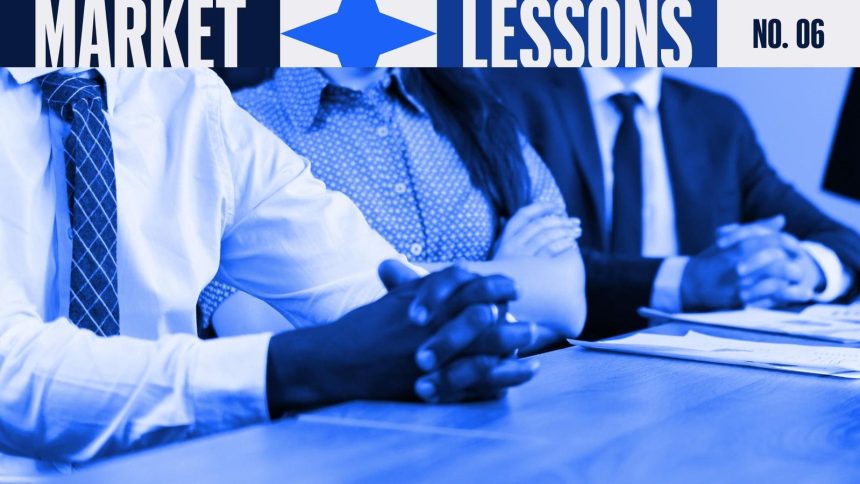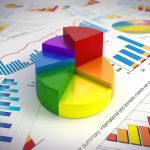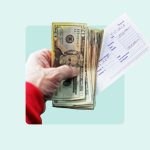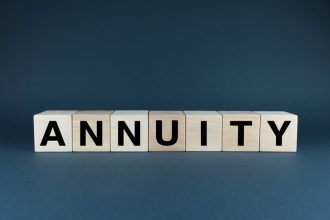Yield means more than quarterly dividend payouts. There is much to be said for defining it to include two other ways to enrich shareholders.
Written by Hyunsoo Rim and Segun Olakoyenikan; Edited by William Baldwin
Shareholder yield is a notion that has gained much currency in recent years. Definition: money spent in one of three ways to reward shareholders, divided by market capitalization. The three components: cash dividends, share buybacks and debt paydowns.
Dividend yield is the traditional way that investors get something out of the capital they put up. But this narrow measure of shareholder paybacks has two flaws. One is that dividends are going out of style. The other is that it fails to penalize companies borrowing money to pay their dividends. Shareholder yield cures these faults.
Shareholder Yield
Desperate companies sometimes try to pacify shareholders by dishing out quarterly dividends that they fund by borrowing money or issuing more shares. AT&T did that for years. American Electric Power is doing it now. That’s why the broader definition of yield, incorporating debt paydowns and net share purchases, is a better indicator of financial success than the dividend-only yield.
The shift from dividends to share buybacks as a way to distribute earnings has been under way for several decades. The primary motivation for the switch is that buybacks are more tax-efficient. S&P Dow Jones Indices calculates that the companies in its 500 index paid cash dividends last year at a 1.5% rate but bought in shares at a 2% rate. Howard Silverblatt, senior analyst there, predicts a 9.5% to 10% increase in buybacks in 2024.
PayPal is an example of the change in distribution habits. Since being spun off from eBay in 2015 it has paid no dividend but has spent billions on share buybacks. The goal is to turn profits into share price appreciation. To be sure, appreciation is not a guaranteed outcome. PayPal stock did extremely well for a few years but is now considerably off its 2021 high.
Investors who hang onto shares of companies that disburse profits via buybacks pay no income tax on unrealized gains. Those who sell a few shares pay tax only on the appreciation, if any, not on cash received. A new federal law hits corporations with a 1% tax on buybacks, but this is considerably less than the damage from individual income taxation of dividends.
Add buybacks to dividends and you get what is called shareholder payout. That yield number, however, doesn’t tell the whole story about whether the business is a fount of cash. What if a company lavishes dollars on its owners by borrowing? This creates no wealth for them.
Sears spent $6 billion on share repurchases financed partly through debt and then went bankrupt. Bed Bath & Beyond had a grand debt-financed buyback scheme going on at a time when it should have been spending money on its stores. It, too, went bust.
Solution: a comprehensive yield formula that takes into account changes in funded debt. Paydowns should count as a plus in the yield, increases in debt as a minus.
Defined this way, the shareholder yield for large corporations in the YCharts database has a median value of 4%. The table displays companies at the extremes. The yield number is for the last four quarters (ending March 31 in most cases).
A high shareholder yield is usually the mark of a mature company, one lacking compelling places to reinvest profit. High-yield Comcast, pretty much over with building out its cable network, figures it might as well let shareholders pocket the profits and decide where to reinvest the cash. Tesla is in the opposite camp. It doesn’t even appear in the table because its shareholder yield number would be negative (from adding a bit to its long-term debt). Tesla dished out none of its $15 billion net income last year to shareholders. It put $8.9 billion into plant and equipment and stashed $6.8 billion in short-term investments, dry powder for the next round of gigafactories and artificial intelligence.
Main reasons for a low shareholder yield: a very steep ratio of price to earnings (such as at Eli Lilly), a heavy investment in plant and equipment (such as at American Electric Power) or a choice to stockpile cash while awaiting better opportunities (such as at Berkshire Hathaway).
Main reasons for a high yield: a low P/E multiple (GM and Vale), disbursing the proceeds of a big divestiture (Du Pont) or cash flow from operations coming in well in excess of net income (Expedia).
The variety of explanations for a high yield, and the fact that the yield number from YCharts reflects a single year of activity, mean that this scorecard is only a starting point in a search for values. Still, there is a case to be made for preferring the comprehensive definition of yield over the traditional measure that counts only dividends.
Consider these two exchange-traded funds, both with “yield” in the name: Vanguard High Dividend Yield and Cambria Shareholder Yield. The popular Vanguard fund, with $55 billion in assets, aims for yield in the traditional sense. It has delivered a 9.5% annual return over the past decade. The Cambria ETF counts all three elements of yield in its search for companies that reward shareholders. Its annual return over the decade is two percentage points higher than the Vanguard fund’s.
MORE FROM FORBES
Read the full article here
















